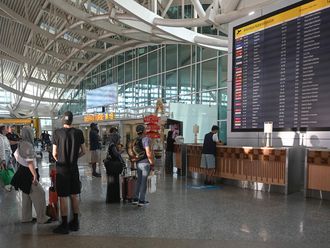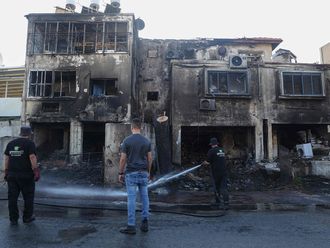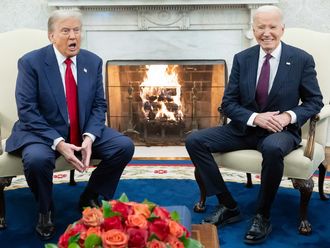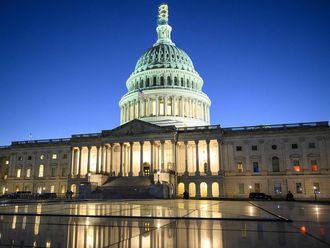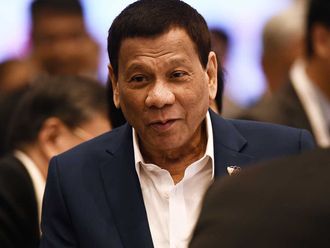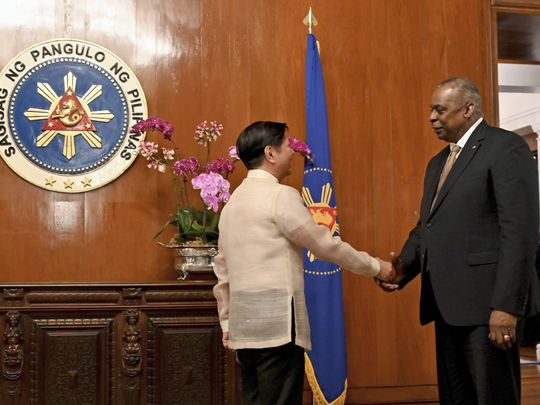
Manila: The United States and the Philippines announced on Thursday an agreement to expand American military presence in the Southeast Asian country, where US forces would be granted access to four more Philippine military camps, effectively giving them new ground to ramp up deterrence against China’s actions toward Taiwan and in the disputed South China Sea.
The agreement between the longtime treaty allies under a 2014 defence pact was made public during the visit of US Secretary of Defence Lloyd Austin.
The allied nations also said in a joint statement that “substantial” progress has been made in projects at five Philippine military camps, where US military personnel were earlier granted access by Filipino officials under the Enhanced Defence Cooperation Agreement, or EDCA. Construction of American facilities are currently underway.
Austin briefly met with President Ferdinand Marcos Jr., who has taken steps to nurture closer ties with Washington since taking office in June, and would later meet with his Philippine counterpart, Carlito Galvez Jr., about Washington’s plan to expand its military presence in the country.
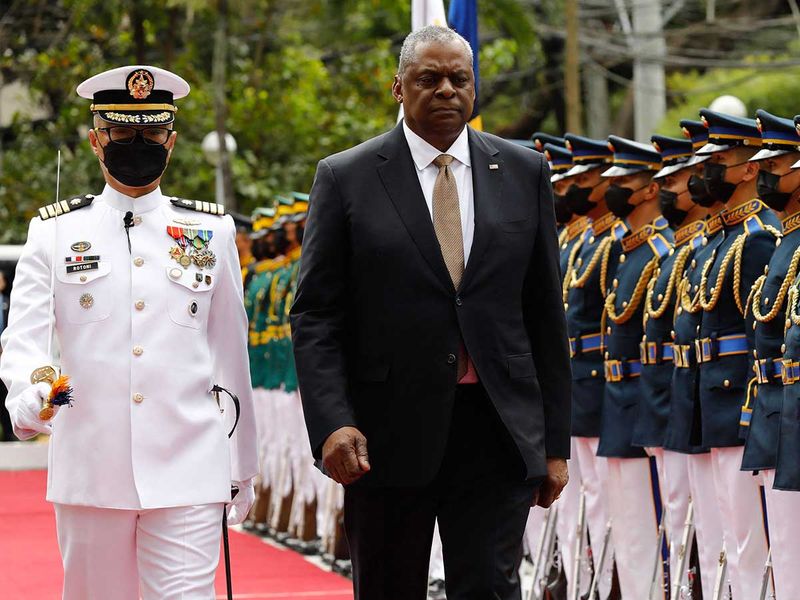
“The EDCA is a key pillar of the US-Philippines alliance, which supports combined training, exercises, and interoperability between our forces,” the US and the Philippines said.
The allies said “the addition of these new EDCA locations will allow more rapid support for humanitarian and climate-related disasters in the Philippines, and respond to other shared challenges.”
No details were immediately given about the agreement, including the location of the four Philippine camps where US forces would be allowed to construct barracks, warehouses and hangars, but Philippine military and defence officials said in November the US had sought access to five more local military camps mostly located in the northern Philippine region of Luzon.
Two of the additional camps where the US wanted to gain access are located near mainland Luzon’s northern tip, across a sea border from Taiwan, the Taiwan Strait and southern China. Other local camps that would host American forces lie along the country’s western coast, which faces the disputed South China Sea.
China and the Philippines, along with Vietnam, Malaysia, Brunei and Taiwan have been locked in increasingly tense territorial disputes over the busy and resource-rich South China Sea. Washington lays no claims in the strategic waters but has deployed its warships and fighter and surveillance aircraft for patrols that it says promote freedom of navigation and the rule of law but have infuriated Beijing.
“The Philippine-US alliance has stood the test of time and remains ironclad,” the allies said in their statement. “We look forward to the opportunities these new sites will create to expand our cooperation together.”
The Philippines, Washington’s oldest treaty ally in Asia, used to host two of the largest US Navy and Air Force bases outside the American mainland. The bases were shut down in the early 1990s after the Philippine Senate rejected an extension, but American forces returned for large-scale combat exercises with Filipino troops under a 1999 Visiting Forces Agreement and the EDCA pact.
The Philippine Constitution prohibits the permanent basing of foreign troops and their involvement in local combat. The EDCA defence pact allows visiting American forces to indefinitely stay in rotating batches within designated Philippine camps with their defence equipment, except nuclear weapons.



